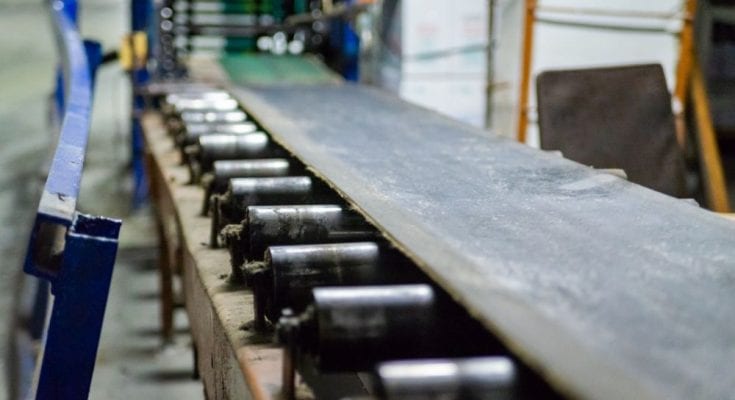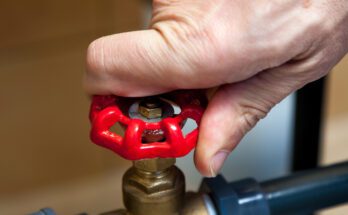Your fabrication team utilizes conveyor belt systems for product transportation, assembly, and packaging. For projects that demand machine flexibility, there are many advantages of using different belt conveyors for product materials. Conveyor belts are known for their versatility, especially when multiple belt types are used together for efficiency. A handful of conditions relevant to the product and environment should be considered when choosing the right conveyor belt for your facility.
Incline/Decline
When your facility needs goods transported to separate levels, incorporation of an incline or decline belt conveyor is very helpful. Incline and decline belt systems carry heavy and bulky materials to whichever facility floor or height necessary to continue production. Here are some ways how these belts are important to your manufacturing processes:
- They maximize employee safety by managing movement of cumbersome products
- They optimize facility space with angled tracks
- They safely transport goods to varying heights
Because the belts are on an angle, incline and decline conveyor belts employ the assistance of a textured belt and barriers to ensure materials stay on the assembly line. You can pair cleated belts with incline belts to ensure the product gets transported effectively.
Cleated Belts
If any of your projects have loose or bulky materials, cleated belts prevent them from falling off. Using plastic barriers and spikes, cleated belts keeps the product well contained. A cleated apparatus prevents product rollback which can be as dangerous as it is reductive to transportation. Many fabrication facilities employ the advantages of using different belt conveyors, the cleated type often being one of them.
Flat Belts
Flat belt types are the standard for conveyor systems. Flat belts are great for no-frills fabrication projects since they’re conventionally structured. Just like other belt conveyors, flat belts are comprised of natural and synthetic fibers and their movement is due to motorized pulleys. Flat belts are advantageous because:
- They’re simple to use.
- They’re the cheapest in the price range.
- They’re flexible when it comes to product placement along the belt.
Because they are less costly, flat belts are the most-used conveyor systems for low maintenance projects.
Other Belt Conveyor Types
Incline, cleated, and flat are some of the most popular belt conveyors applied for product transportation and assembly. However, there are plenty more conveyor systems for you to choose from. Here are additional belt conveyor types to consider:
- Modular. Modular belts interconnect multiple segments to create a more custom belt design.
- Curved. Their unique layout optimizes facility corner spaces.
- Powered Roller. These belts can transport efficiently over longer distances and its speed is easy to monitor, preventing onsite accidents.
Enlist a custom conveyor vendor to help create your ideal belt conveyor that incorporates the advantages of your favorite belt types. Implementing the benefits of multiple conveyor systems allows more projects to be conquered in your fabrication shop.



